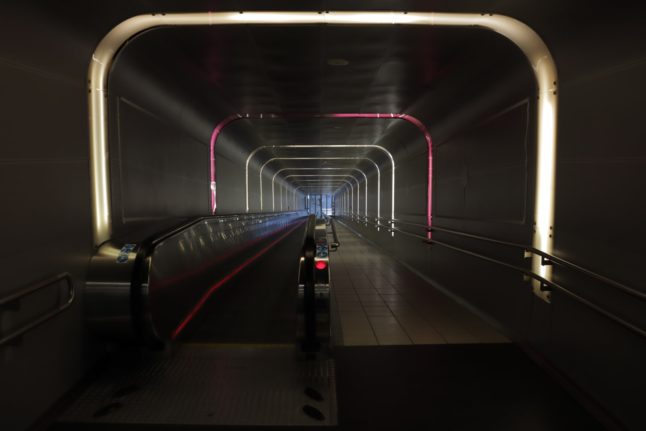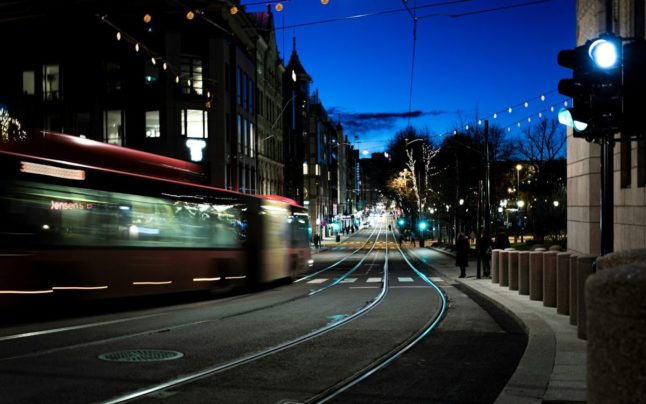Between May 26th and June 6th, parts of the number two, three and four T-bane lines will close and be replaced with a bus replacement service.
“The buses will run frequently, but at times it could be cramped for space. Those who are going to travel during this period should think of alternative travel routes,” Ruter’s press officer Øystein Dahl Johansen said in an announcement.
The closures will mainly affect the eastern parts of Oslo’s t-bane system.
On line two, there will be no metro traffic between Helsfyr and Tveita. On line three, no metro trains will run between Helsfyr and Hellerud. On line three, Ruter advises changing at Oppsal to avoid closures. And on line four, the track between Helsfyr and Vestil will be shut.
The closures are due to Sporveien wishing to carry out work on tunnels and bridges on the sections of the t-bane, which will be closed.
Bus services will operate between the stops affected by the closures. Ruter will offer the busses 2B between Helsfyr T and Tveita T, 3B between Helsfyr T to Oppsal, and the 4B between Helsfyr T to Bergkrystallen T.
The public transport operator said that the schedule for several bus routes from Helsfyr T might be changed due to the extra traffic passing through the stop.



 Please whitelist us to continue reading.
Please whitelist us to continue reading.
Member comments